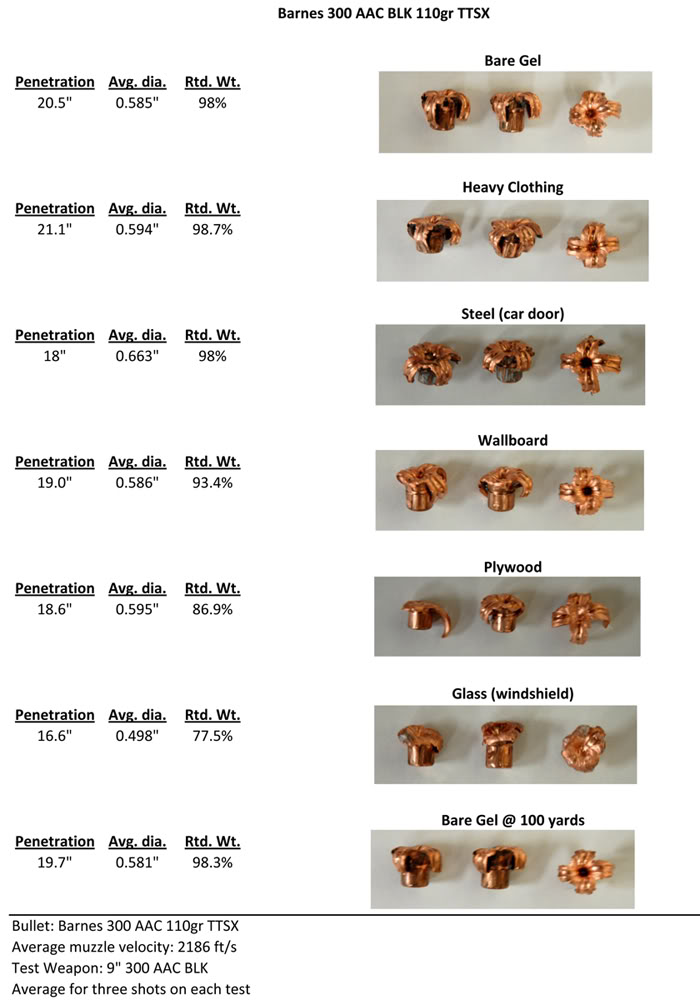See, the hunting thing is what interests me. I want to be able to use the same rifle for multiple things and the AR platform seems to be the best choice for that. Would I be better served with the .300blk or do you guys think one of the other calibers would be better for hunting?
MoBoost - I want to get a bolt gun but that will come later. I'm looking at a Remington 700 or a Savage for that.
If I wanted a deer or hog gun and wanted to use the same mags and same bolt, then .300 blk is perfect even out of a 16" barrel. The supersonic bullets hit hard and are very accurate. If I was looking for a specialized upper purely dedicated to hunting or long distance and didn't care about having to buy a new bolt and dedicated mags, then 6.5 Grendel would be a choice. However, I would use it only for hunting and shooting long distances with it. Honestly, at that point the money would be better spent in a dedicated bolt action gun.
The .300 blk would give you flexibility as a good all round semi-auto hunting gun for deer and hogs and serve well as a self-defense semi-auto carbine to boot. Being able to run a suppressor and running subsonic rounds is just icing on the cake. Remington sells plinking ammo at about $12/box of 20, which is cheaper than what you'll find for 6.5 or 6.8. The subsonics are a bit more expensive.
If you reload, you can take .223 cases and reload them as .300 blk.
I never really saw the point in 6.5 outside of a dedicated target or hunting round. The 6.8 had merits in SBR's before the newer 77gr MK262, 75gr TSX, and the new 62gr MK318's came out in .223. Now that .300blk is out, there's almost no point to 6.8, imo.












